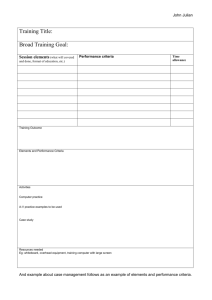Key competencies for Senior Managers
advertisement
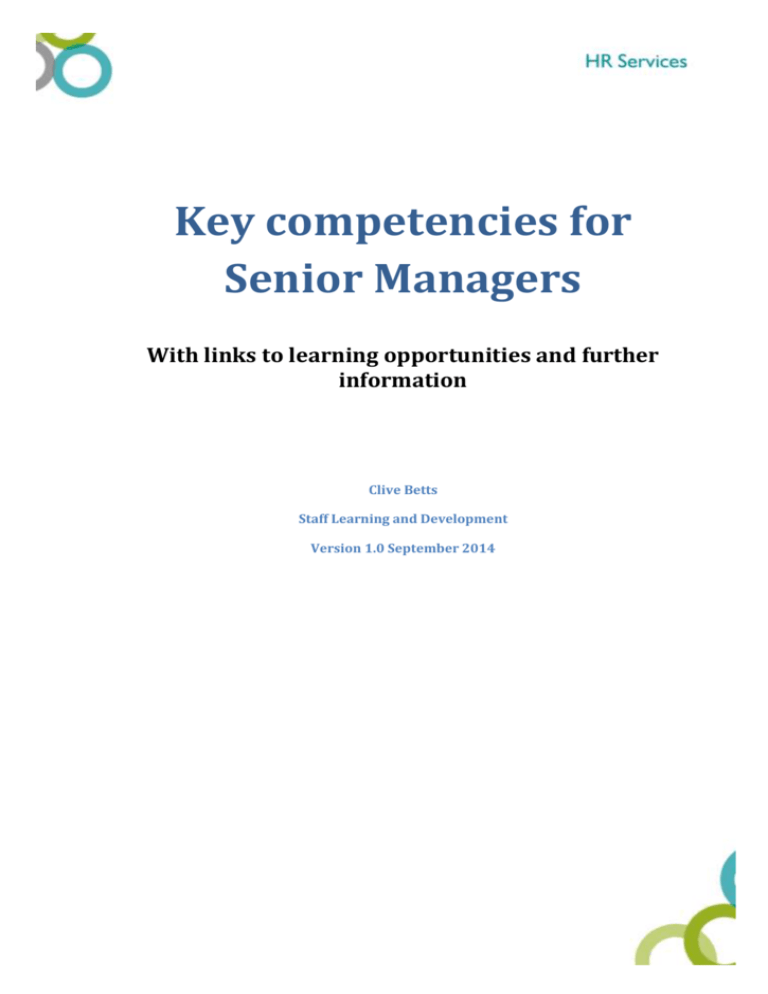
Key competencies for Senior Managers With links to learning opportunities and further information Clive Betts Staff Learning and Development Version 1.0 September 2014 Page |0 To be an effective leader you must be able to: Understand own ability to fulfil key responsibilities of the leadership role Be able to evaluate your own ability to lead others By way of: Describing some of the leadership theories and how they relate to your role & organisation Considering the role that Emotional Intelligence plays in leadership Examining techniques for effectively communicating a vision & the importance of doing so Typically these will involve the following information, steps, tools and techniques: The Great Man Theory, Trait Theories, Behavioural Theories (transactional vs transformational) Blake and Mouton Managerial Grid Situational Leadership Decision trees Tannebaum and Schmidt; Adair; Servant leadership;Goleman and Salovey & Meyer Emotional Intelligence Communication of Vision Kotter’s ‘What Leaders Really Do’ Communication: push pull model/influencing/negotiating Personal Development Planning Learn about/develop/refresh this capability: Becoming an effective leader workshop (part of the Stepping into Senior Management programme); You e-Develop resources To manage wellbeing you must be able to: Evaluate the effectiveness of the University in recognising workplace stress and conflict and providing the necessary support mechanisms Plan improvements to the identification and approach to dealing with workplace stress and conflict in own area of responsibility Implement improvements to the identification and approach to dealing with workplace stress and conflict in own area of responsibility Critically evaluate own ability to identify and deal with workplace stress and conflict effectively Typically these will involve the following information, steps, tools and techniques: Management responsibilities in relation to work-related stress Methods to manage stress at own place of work Causes, symptoms and effects of stress and implications for workplace and non-work activities and relationships Workplace risk assessments Sources of support and techniques to counsel staff Audit and review procedures for managing stress Possible indicators of stress in the workplace such as staff turnover Organisational policies and procedures on bullying and harassment Health and safety legislation in the workplace Identifying and dealing with workplace stress and conflict Page |1 Causes of conflict and interpersonal friction (including bullying and harassment) and ways to resolve them Grievance and discipline procedures, including supporting records Organisational employment policies such as time-keeping, absenteeism, conduct, level of performance, attitude and behaviour, gross misconduct Awareness of legal aspects Setting objectives and determining priorities to balance personal and organisational needs Symptoms of stress in self and recognition of stressful situations Time management techniques Benefits of delegating Learn about/develop/refresh this capability: Managing wellbeing (under development); Wellbeing website; You e-Develop resources Page |2



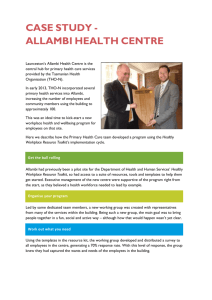


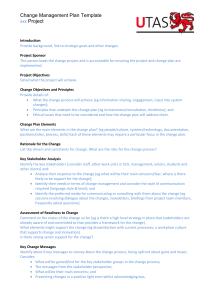
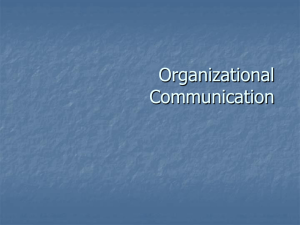
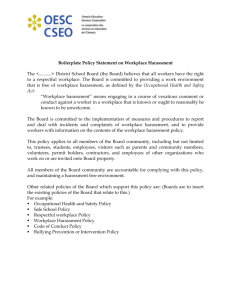

![04 Psychological wellbeing [MS Word Document, 123.0 KB]](http://s3.studylib.net/store/data/007278191_1-f429aaf4a36d7c754bb90ae765976ef6-300x300.png)
